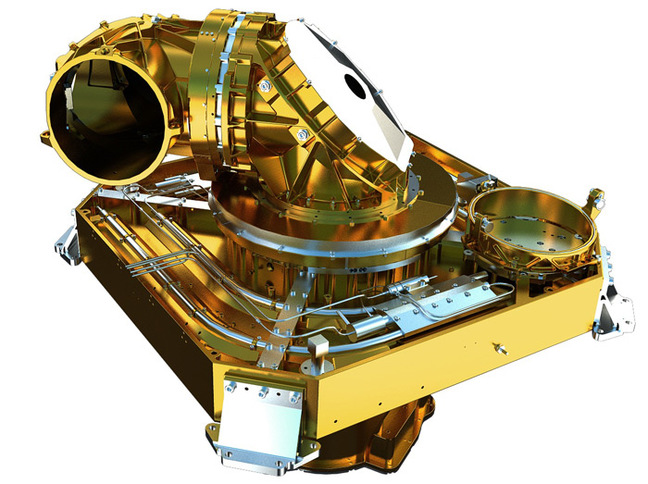This article is more than 1 year old
Baikonur hosts satellite laser comms node launch
First orbiting 'SpaceDataHighway' component launches tonight
The first orbiting component of the European Data Relay System (EDRS) is due to blast off at 22:20 GMT tonight from Baikonur Cosmodrome atop a Russian Proton rocket.
Also dubbed the "SpaceDataHighway", EDRS is described as the "the most sophisticated laser communication network ever designed", which when fully operational will "eliminate the downlink delay currently prohibiting immediate access to satellite information and phase out Europe’s reliance on foreign ground stations".
The EDRS-A launch will be streamed lived from around 22:00 GMT tonight. In 2017, it'll be followed heavenwards by EDRS-C, and once both nodes are working from geostationary (GEO) orbit over Europe, they'll receive data from Low Earth Orbit (LEO) satellites via laser links and dispatch it earthwards at rates up to 1,800 Mbit/s.
EDRS is a joint venture between European Space Agency (ESA) and Airbus Defence and Space. ESA is the system's first customer, with its Copernicus Sentinel-1 and -2 satellites.
ESA explains:
Earth-observing satellites travel in low-Earth orbit (LEO) gathering data and making a full circuit of Earth about every 100 minutes. They must wait to be over their respective ground stations to downlink the information they have acquired, however. Generally, this leaves only 10 minutes out of every 100 to transfer their information to the users on the ground. Any data gathered between these windows must be stored until the next downlink opportunity.
EDRS solves the downlink delay by connecting to the LEO satellites as they orbit past. EDRS collects the LEO data from its higher position in GEO and relays it down to its European ground stations, avoiding the time delay that occurs when the LEO satellite has to wait for 'line of sight' with its ground station. In fact, just one of the EDRS nodes can quadruple the Earth observer’s contact time with its ground segment.

The EDRS laser communications terminal
Each EDRS node packs a laser communications terminal, required to operate with "unparalleled accuracy". ESA elaborates: "The laser terminals take around 55 seconds to establish a link from GEO to LEO. This involves the terminals locating and locking on to a target 135mm in diameter across 45,000km in under a minute, with one of them travelling at 8 km/s relative to Earth." ®
